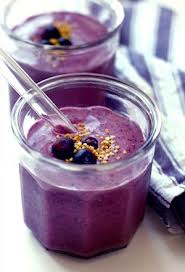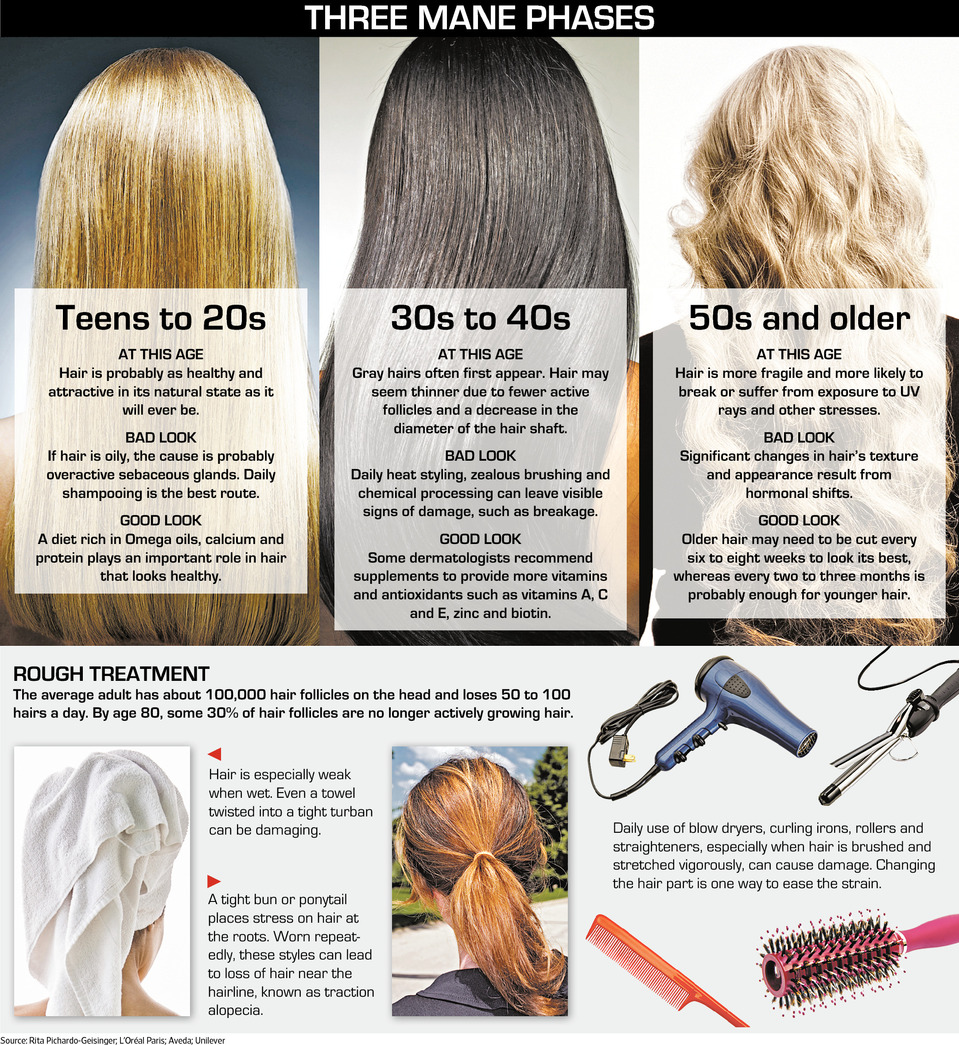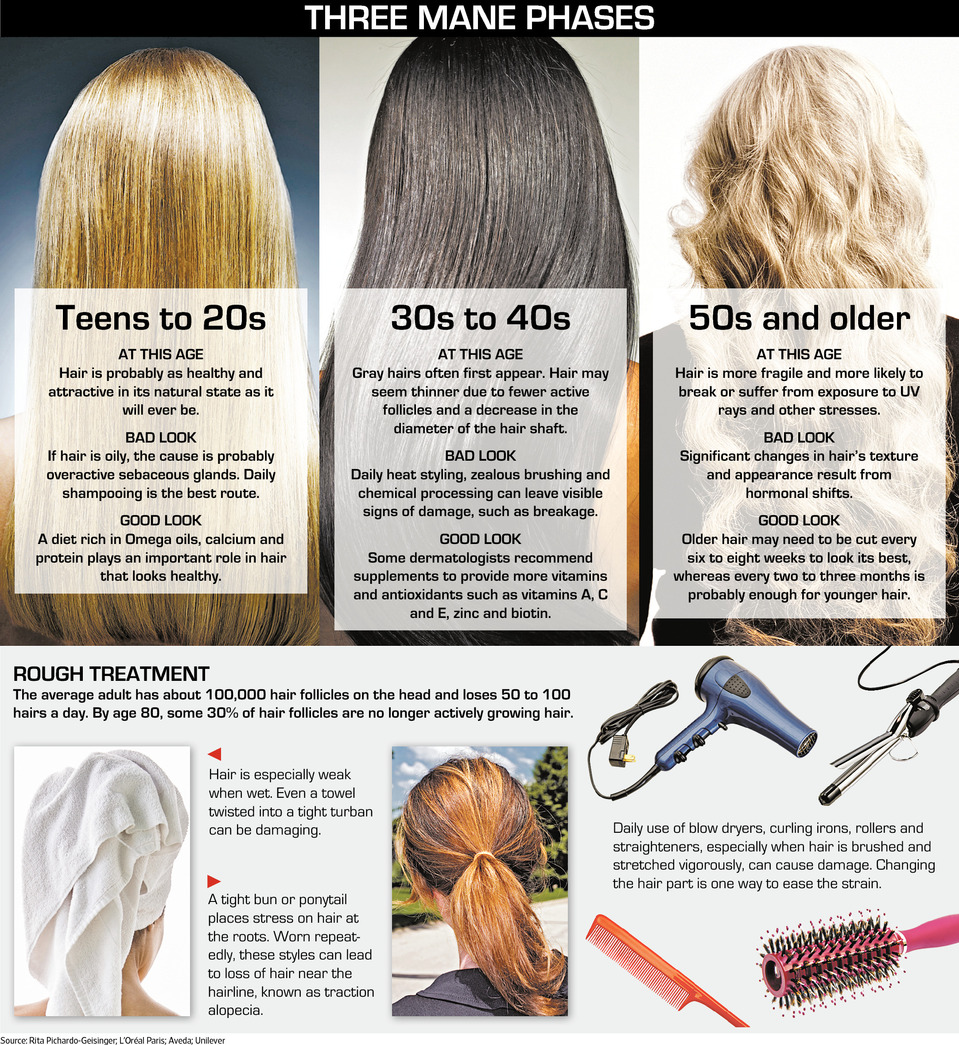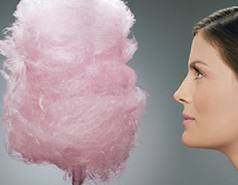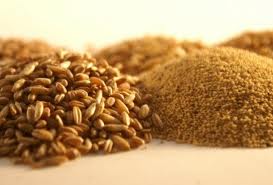Make no mistake — cortisol is a lifesaving hormone. When you are under stress it comes to your rescue, mobilizing carbohydrates and fat for instant energy. It also keeps our blood sugar steady while we’re sleeping and helps us wake up in the morning.
But when this “helpful” hormone is over-produced, our bodies suffer.
Cortisol runs unnaturally high as a result of our stress-filled lives, and that causes all kinds of symptoms and long-term health problems down the road. High cortisol levels can be deceiving — they allow you to be ultra productive, but at the same time they rob you of much needed sleep and keep you feeling wired too much of the time.
Sustained high cortisol levels have been associated with Alzheimer’s disease, heart disease, insulin resistance, obesity and type 2 diabetes. We can now say very clearly: normalizing cortisol levels is crucial to lifelong health.
 Cortisol’s natural rhythm gone wrong!
Cortisol’s natural rhythm gone wrong!
Cortisol has a natural rhythm that is tightly connected to your daily cycle, which is called your circadian rhythm. Cortisol is usually lowest between midnight and 4:00 AM and then gradually increases until around 8:00 AM, in time for you to wake up and start the day. After 8:00 AM, cortisol declines incrementally throughout the day to gradually prepare you for sleep. This daily rhythm is the norm unless you encounter a stressful event. Your body should increase cortisol and adrenaline temporarily to handle the stressful event and then return to normal.
That’s the way it’s supposed to work. Yet when we live in a constant high-alert state, our cortisol levels remain unnaturally high and can cause all kinds of health problems, including:
- Impaired healing and cell regeneration
- Disrupted digestion, mental function and metabolism
- Weakened ability to fight infection
- Imbalances in other important hormones such as DHEA, estrogen, progesterone, and testosterone
- Loss of muscle and bone
- Mood swings and depression
- Hair and skin problems
- Thyroid imbalances
- Low sex drive
- Sleeplessness
- Weight gain (especially around the belly)
How to know if your cortisol is too high
Unfortunately standard tests of adrenal function aren’t very helpful. If your primary care practitioner calls for a typical laboratory cortisol test, it will be difficult to see anything more than the most severe cases of adrenal dysfunction, such as Addison’s disease or Cushing’s syndrome. We recommend finding a practitioner who is willing to do salivary cortisol testing, which measures cortisol levels and a hormone called DHEA (dehydroepiandrosterone) throughout the day. This kind of test provides a more accurate assessment of cortisol levels and whether they have become imbalanced. We typically suggest testing between 6:00 and 8:00 AM (within an hour of waking), between 11:00 and Noon, between 4:00 and 6:00 PM, and then again between 10:00 PM and Midnight. This should give you a good overview of how your cortisol levels vary throughout the day.
But a lab test isn’t necessary to determine if you have adrenal fatigue or high cortisol. You can simply check in with how you feel. If your energy level is very low in the morning but seems to increase right around the time everyone else is getting ready for bed, your cortisol cycle is probably out of whack. It’s a good indication that you will reap huge benefits by taking steps to rebalance your adrenal glands.
You can’t restore healthy adrenal function without balancing cortisol
Cortisol levels that remain high often lead to a downward health spiral, where you go from feeling wired to feeling tired and wired, and then ultimately to feeling exhausted. This final stage of adrenal imbalance is known as adrenal exhaustion. Restoring your cortisol to its natural levels is the only way to regain adrenal health.
We’ve worked with women at our clinic and in our Personal Program to help normalize their cortisol levels naturally. Doing so will eliminate symptoms, increase energy (without feeling “wired”) and encourage better sleep. And you can balance cortisol in several ways, including taking adrenal-supportive herbs and nutrients, and making dietary changes and lifestyle modifications to calm the stress response.
Food and lifestyle choices matter too for adrenal health
Most women with stress issues simply don’t have the energy to face multiple changes to their diet and lifestyle all at once. That’s another reason why starting with the supplements is a good idea.
But the truth is, if your symptoms are severe, making a few key diet and lifestyle changes will really help your supplements heal your adrenals.
Supplement Support
I've found the following herbs in PRL's ADAPTOGEN to be the most effective in resolving adrenal imbalance:
Premier Research Labs Adaptogen-R3
- Maximum performance
- Increased energy
- Endurance
- Enhanced oxygen & nutrient uptake
- Enhanced fat loss when used with a balanced diet

- Supports healthy adrenal function
- Optimal neurotransmitter
- Improved Memory & Mental function
- Broad spectrum endocrine rejuvenator, especially the pituitary-adrenal axis
Premier Adaptogen-R3 is not a “jolt product,” loaded with stimulants that rev up weak adrenals such as high dose guarana or ephedra. Instead, its unique, adaptogenic botanicals are synergistically combined to focus on nourishing the glands and organs, including the adrenals, as well as creating maximal oxygen and nutrient transport to the muscles and connective tissue to ensure optimal support, detoxification and immune function. Higher levels of energy and strength can be yours. It can produce profound improvements across the full spectrum of fitness: from the competition athlete looking for better running times – to the couch potato who wants to get rid of the flab. Contact Kassandra @ Kasia Organic Salon for adaptogen support.
Here's our four-step diet and lifestyle checklist, plus examples of the changes that are easiest to make:
Eat for energy. Focus on eating choices and patterns that allow you to achieve more stable energy levels throughout the day. Don’t skip meals or starve yourself — that’s too stressful for your adrenals. We recommend eating at regular times — ideally three balanced meals and two snacks a day. Start making changes to your diet by including protein at every meal and fewer carbohydrates, especially sugary snacks.
Focus on stress reduction and make emotional wellness a priority. One simple change is to practice regular deep breathing. Practice breathing in through your nose so that your lungs fill and your belly rises and then exhale slowly through your nose. Repeat for a few breaths, ideally for several minutes. As you move forward, try to find other ways for “self-care,” especially by identifying and focusing on meeting your own needs. You’ll find this will help change your attitude towards stress, which research shows, can actually lessen the negative effects of stress!
Assess your exercise routine: “chill out” vs “work out.” When your adrenals are imbalanced, high-intensity exercise only adds to the stress load you’re already bearing. We recommend that you choose an activity you enjoy, and be sure to pace yourself. If you feel invigorated after your exercise, it’s probably fine.
Make it a priority to get 7 to 8 hours of sleep every night. If possible, go to bed by 10:00 PM. Sounds incredible, doesn’t it? But you need the rest to break your patterns. A good night’s sleep is one of the best ways to restore your adrenal glands, and the greatest adrenal healing occurs hours between 7:00 PM and 9:00 AM. If you describe yourself as “wired” or “tired and wired,” try a phytotherapy option to reduce cortisol levels that cause stress-induced sleeplessness.
Resource: Womentowomen.com and Premier Research Labs







